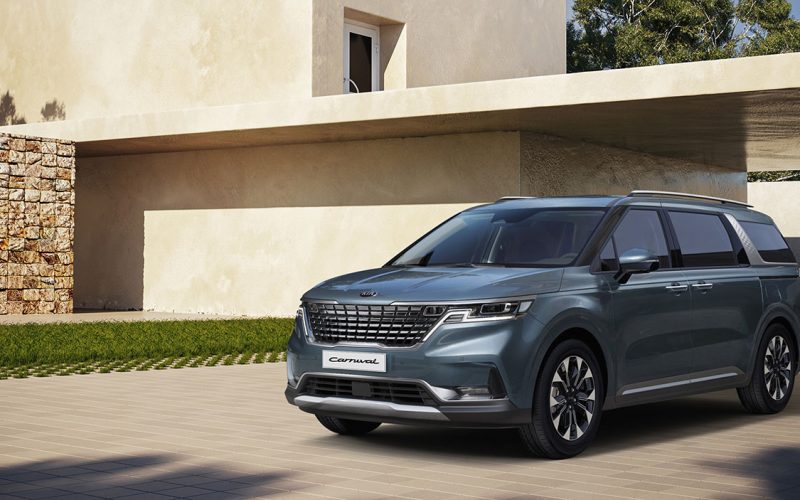
Reading Time: 5 minutesWould you rather ride around in a Carnival or a Sedona? While a Carnival sounds like
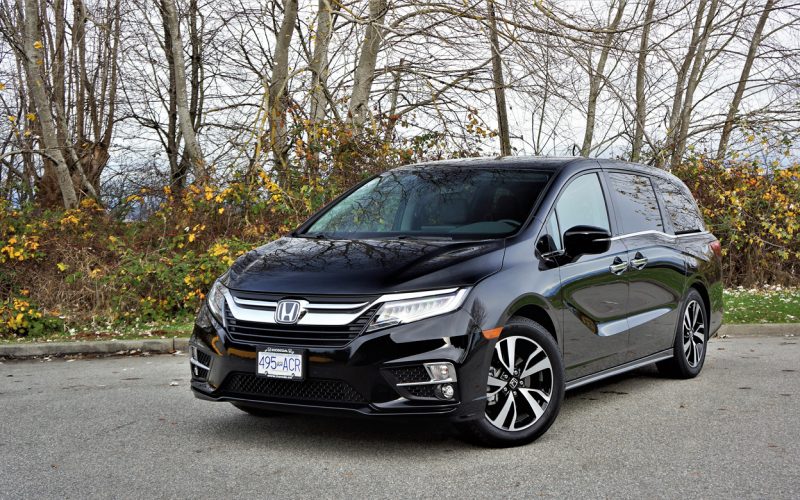
Reading Time: 15 minutesThe minivan is a strange beast. After the segment’s first foray into the market during the
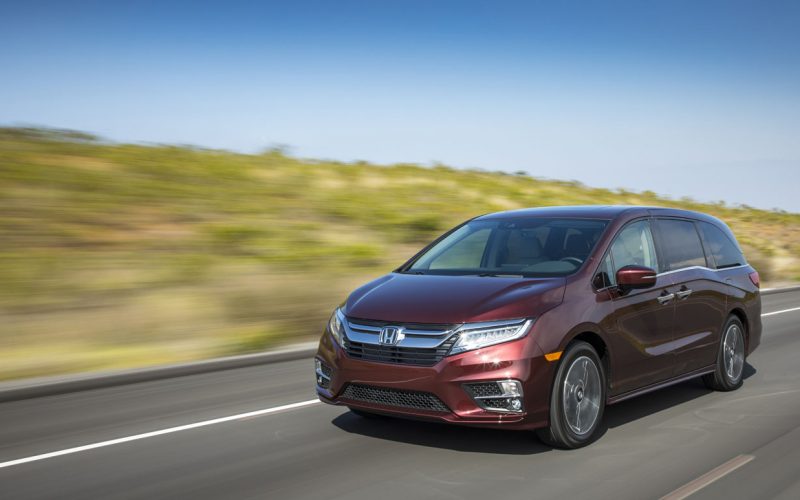
Reading Time: 4 minutesA key selling point amongst family buyers is safety, and there’s no safer minivan than the
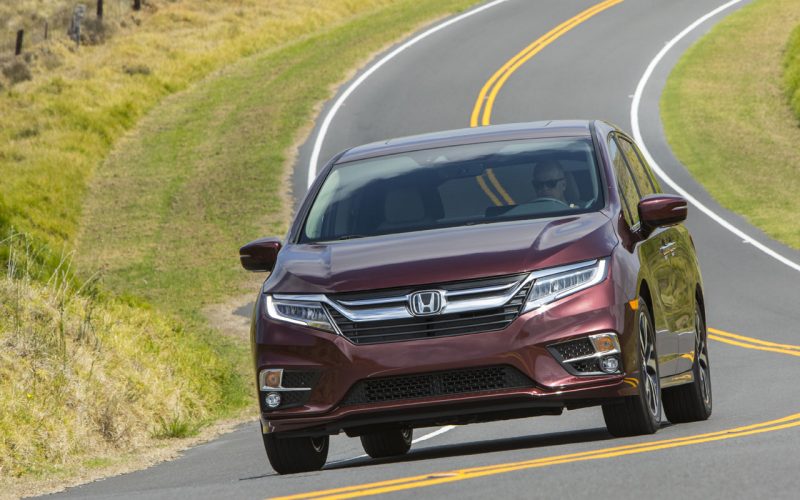
Reading Time: 4 minutesJust in case you missed the July issue of Parents Magazine and a concurrent posting in
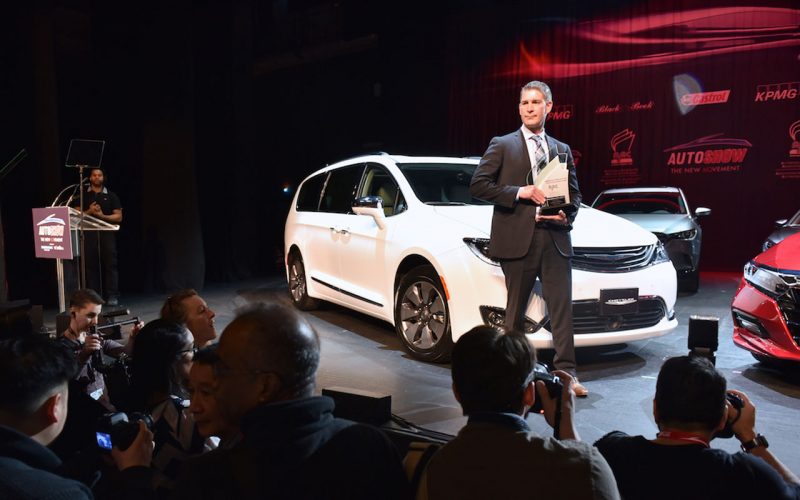
Reading Time: 4 minutesAfter taking home the award for Best Large Car in the Automobile Journalist Association of Canada’s
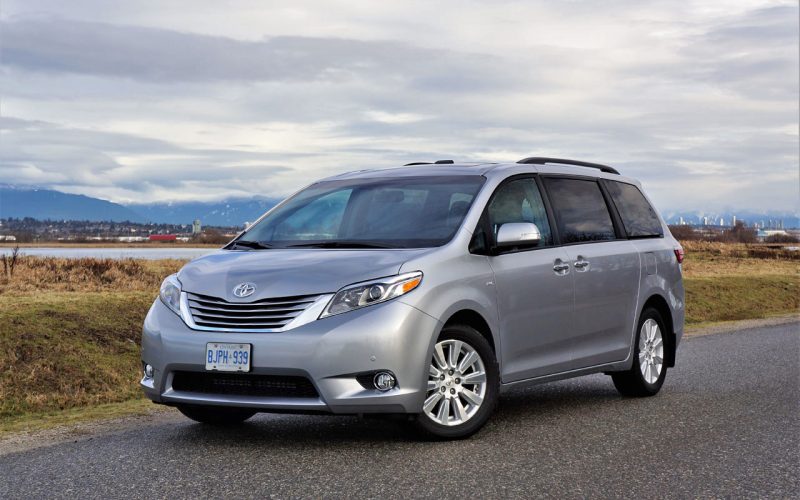
Reading Time: 6 minutesI remember when this third-generation 2011 Sienna was brand new, and in sporty SE trim it
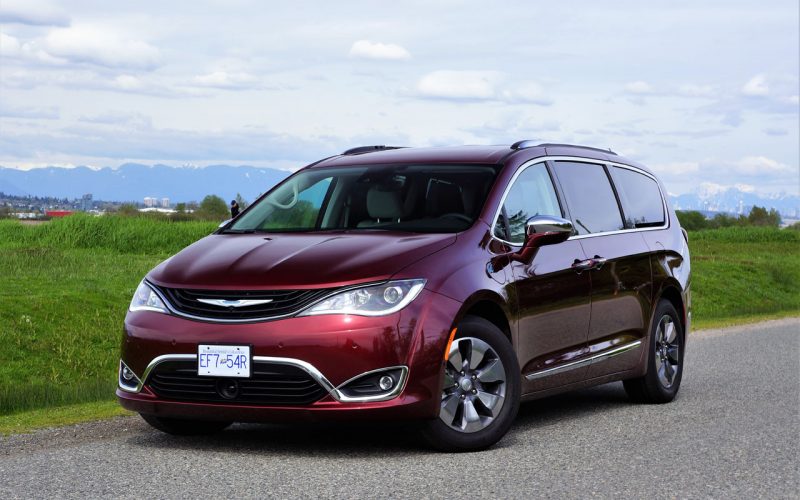
Reading Time: 4 minutesIn the mainstream volume auto sector only Daimler’s Smart brand has fewer models than FCA’s Chrysler.
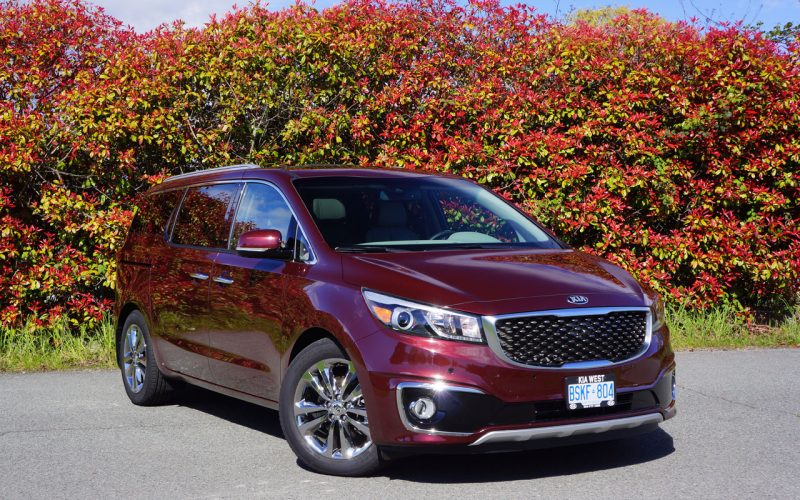
Reading Time: 4 minutesHow I love minivans! Well, maybe the love is about what I can get done when
© 2025 The Car Magazine. All Rights Reserved, Privacy Policy | Terms of Use